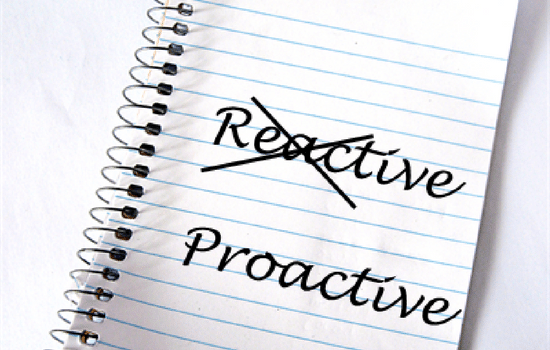We’re Reaping the Benefits of Lean… Now What? (Part 1)
Originally published on August 2, 2017
Updated on November 14th, 2024
Congratulations to those of you who have started down the path of becoming a Lean Enterprise! We know first-hand the hard work and commitment that goes along with lean implementation. You likely gained some quick wins immediately following implementation and, if you’re anything like us when we started this journey, you’re also starting to reap the long-term benefits.
So… now what?
Aside from the popular “Which process do we tackle next?” the question we most often hear from organizations after Lean implementation is centered around newly gained capacity. Lean is focused on adding value to customers, but many organizations struggle with moving beyond the idea of value-add activities to actually doing something with it.
If it’s not obvious to you how you should capitalize on your gained capacity to add value to your customers, consider developing a strategic plan to refine your goals, establish priorities and develop clear steps that enable your team to move forward with clarity and confidence. There are plenty of reasons why a holistic strategic plan is relevant to your organization, even absent of Lean implementation. With the successes created by Lean, it’s even more important to design a strategic plan around this success. Your goals should be measurable, and your priorities and milestones should keep those metrics of success in mind. Your strategy should be living and breathing and integrated into everything your organization does.
In our next blog post, we will discuss some example strategic goals you can set to transform your gained capacity into successful development of value for your customers.
About the Authors
Mike Sibley and Katie Davis are passionate about creating thorough and sustainable systems to help organizations become Lean Enterprises. In addition to writing and speaking on Lean Six Sigma, Mike and Katie work directly with an organization’s members to evaluate an existing process and identify solutions that eliminate waste, as well as build efficiency and quality into the process. Mike and Katie have applied these approaches for manufacturing, construction, professional services, and governmental entities.
Other Posts You Might Like
